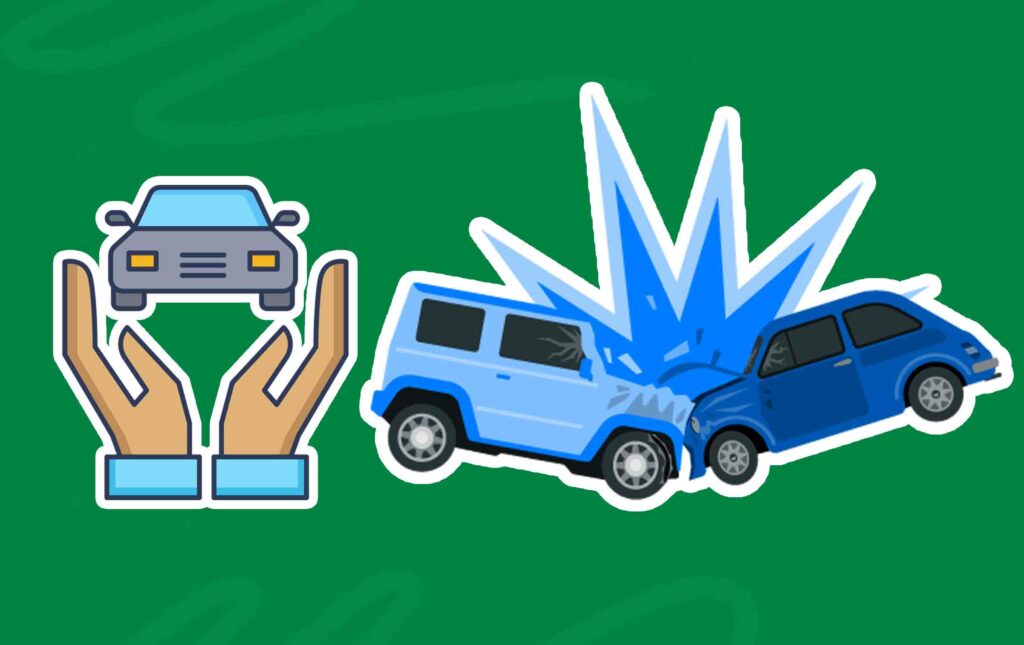High-risk auto insurance is a policy for auto insurance created for a motorist to have a higher likelihood of submitting a claim. An auto insurance provider will likely charge you more for coverage the more likely you are to file a claim. Additionally, insurance companies may be able to offset the increased danger that these drivers provide by charging higher rates.

High-risk driving incidents, like speeding citations or DUIs, are linked to high-risk vehicle insurance. However, insurers interpret these differently and may vary coverage based on individual rating criteria. Furthermore, some individuals are seen by insurance companies as high-risk drivers. As it implies, these drivers may pose a higher risk to insurers because of their credit history, vehicle type, or driving record.
Who is a High-Risk Driver
A high-risk driver is deemed to be at higher risk than the average and is prone to making insurance claims. Your driving history is a factor that insurance companies use when evaluating your risk and determining the cost of your policy. This is because insurance companies see high-risk drivers as bigger risks; their rates are usually substantially higher.
Moreover, these drivers are also more likely to skip or make late payments. Furthermore, the classification of drivers as low- or high-risk by insurers is subject to change, making it crucial to note that a high-risk driver is not a legal label.
Factors to Consider as a High-Risk Driver Auto Insurance
Some people are seen by insurance companies as high-risk drivers. As the term implies, these drivers may pose a higher risk to insurers because of their credit history, vehicle type, or driving record. Additionally, they could be more expensive to cover, according to the insurance provider. One may classify you as a high-risk driver if you:
- Experienced one or more vehicle collisions.
- Obtained several traffic fines for speeding or other infractions.
- Been found guilty of driving while intoxicated (DWI) or driving under the influence (DUI).
- I just got your driver’s license recently.
- You have been mandated by your state to submit an SR-22 with a credit history that is below average.
- Having an exceptionally costly or specialized vehicle.
While some young drivers do not fit the category of high-risk, insurance companies usually view teenage drivers as more dangerous to cover than older and more seasoned ones.
How Much Does High-Risk Auto Insurance Cost
Your insurance premiums will probably increase if you are seen as a high-risk driver. In addition, you will pay different amounts depending on the driver, the state, and the insurance provider. Certain hazards are given greater weight by insurance firms than others. Furthermore, to find out how much your auto insurance will cost, it’s wise to compare rates from several companies.
How to Get High-Risk Auto Insurance
There may be fewer options for the best auto insurance for high-risk drivers than there are for regular consumers. Even at a higher cost, not all auto insurance providers will cover drivers who pose a high risk. Additionally, those drivers who are classified as high-risk must file an SR-22. These tips could assist you in navigating the application procedure if you require high-risk vehicle insurance.
Determine your high-risk factors
For example, if you need to file an SR-22 or if you need to cover a young driver, the best high-risk auto carrier for you will probably be different. Recognizing your rating criteria may assist you in determining the extent to which your alternatives for coverage are restricted.
Evaluate high-risk vehicle carriers
You may determine which carriers could provide you with an inexpensive premium by investigating them, such as the ones mentioned below, and comparing quotations.
Locate an independent auto insurance broker
Locating a broker that has close relationships with many insurance providers might help determine the kinds of coverage available for your particular high-risk rating criteria.
Work toward normal coverage
High-risk insurance can be eliminated by avoiding charges or accidents, improving credit, or waiting for your child to gain driving experience. Moreover, you might be able to get basic coverage sooner if you speak with a registered insurance agent.
Moreover, to demonstrate that the motorist has the required amount of liability coverage, the insurance company files this paperwork with the state on the driver’s behalf.
How to Reduce Costs as a High-Risk Auto Insurance Driver
You can take action to reduce the cost of a ticket, DUI, or at-fault collision, even if you might not be able to remove them from your record. You can enroll in a defensive driving course to make improvements in your driving style, which may result in a reduction in your premium. Additionally, reducing the amount you pay for auto insurance can be accomplished by improving your credit score.
In some places, the cost of your insurance may be influenced by your credit score. Furthermore, your credit score will determine how much your auto insurance provider will charge you for coverage.
Major Benefits of High-Risk Auto Insurance
High-risk auto insurance is critical for drivers who are more likely to file claims. Moreover, to lower rates and improve driving behaviors, drivers can practice safe driving, keep a clean driving record, and compare insurance options. This can lead to lower rates and eventually move out of the high-risk group. Proactive risk-reduction measures can result in lower insurance costs and safer roads.
